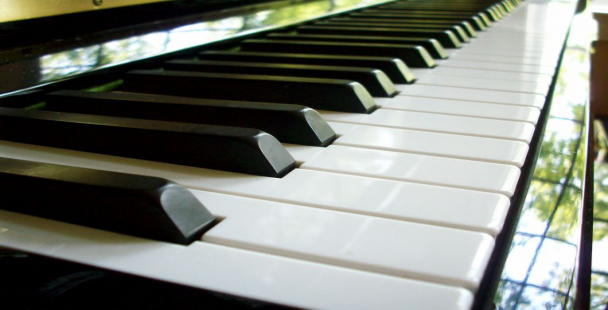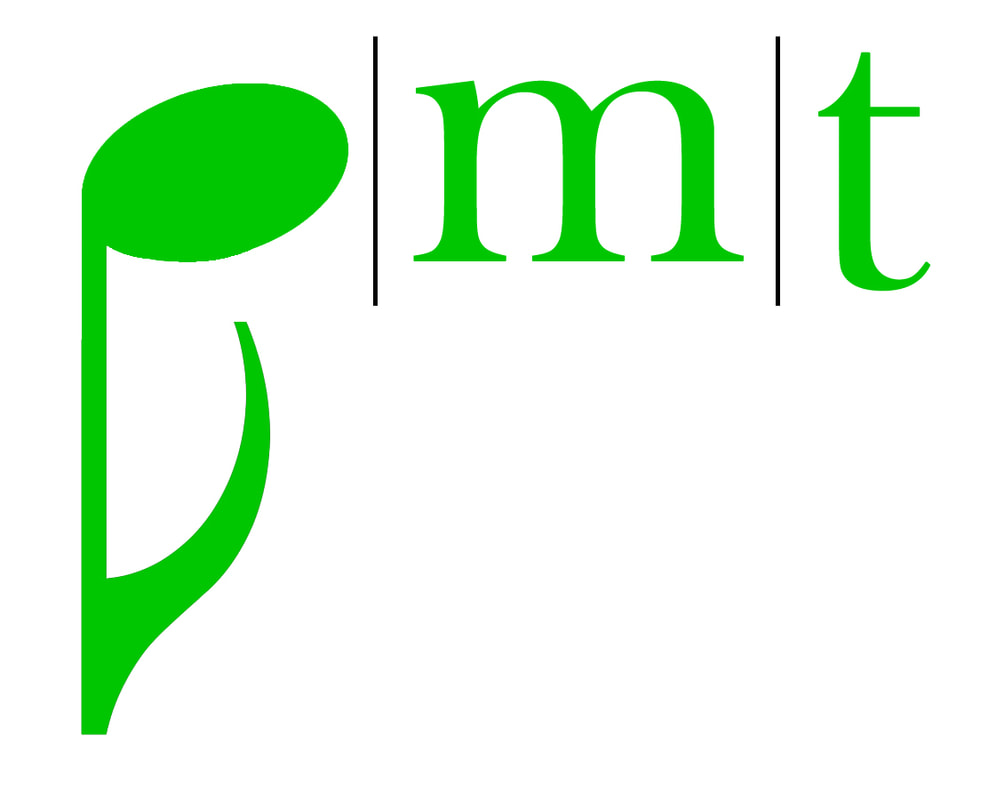Written by Melissa Reinhardt, MSEd, MT-BCBoard Certified Music Therapist on staff at Piedmont Music Therapy, LLC  Do you have a song that takes you back to a specific place and time? And everytime you hear that song, do you have the same response? For me, that song is “Livin’ On A Prayer” by Bon Jovi circa 1986 - my junior year of high school. I have a specific memory of driving in my car around town listening to my cassette tape playing the stereo in my car as loud as it would go (even though the sound was so distorted!). It is summertime and I have the windows rolled down and the breeze is blowing in my hair while I sing at the top of my lungs. So what is it about certain songs that can prompt these memories? Various researchers have studied this topic and there are several themes. Firstly, brain imaging studies show that when we listen to our favorite music, our brain becomes stimulated and “feel good” neurochemicals such as dopamine, serotonin, oxytocin are released. These chemical changes in the brain are neurologically connected to the musical stimulus and the more we like the song, the more chemicals are released and the better we feel. Secondly, during the ages of 12 and 22, our brains rapidly develop neurologically and it appears that music preferred during this time of our lives is the music that sticks with us forever. This music is also connected to strong emotions thanks to an influx of growth hormones produced during this time. Thirdly, according to Daniel Levitan, a neuroscientist and musician, music listened to during these ages of 12 to 22 is significantly impacted by our social circle and becomes connected to our personal identity. If we consider the significance of how music can invoke such connections, we can also look at how this phenomenon can be used therapeutically. In using music as a memory or reminiscence tool, music therapists working with older adults can choose music based on the client’s young adult years. I have found that using music from around age 20 is a good place to start. Then, using a search engine to find popular songs from that year is my next step. For example, if I was working with an 80 year old, I would look for music from the 1960’s. Using the website www.billboard.com is a wonderful resource as searches can be conducted based on the year and the results include the most popular music during that time. Combining this knowledge with the client musical preferences (i.e. show tunes, gospel, etc.) can help narrow down the field of possibilities. As these songs are incorporated into the sessions either live or recorded, the therapist can observe the client for positive or negative responses. Positive responses would suggest the continued use of this song and incorporating similar music (such as tunes by the same musician or group) whereas a negative response such as crying might indicate a need for further exploration into past experiences. Sources
|
PMTProviding music therapy services for early childhood to older adults, music instruction and enrichment plus continuing music therapy education in Greater Charlotte Area of the Carolinas. Archives
May 2024
Categories
All
|
Piedmont Music Therapy is a 501(c)(3) status organization.
Piedmont Music Therapy accepts donations via venmo @piedmontmusictherapy or any amount through QuickBooks. Contact us to arrange an electronic pledge!
Main Location |
|


 RSS Feed
RSS Feed
